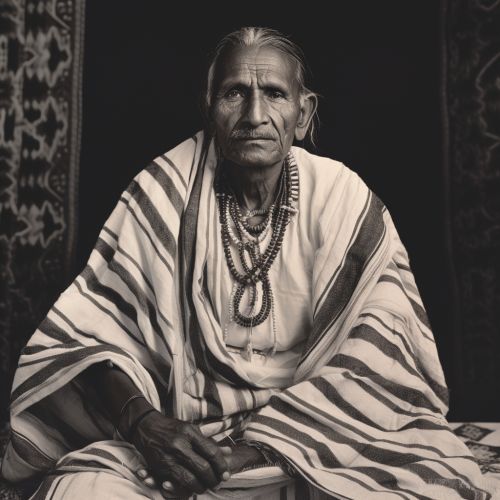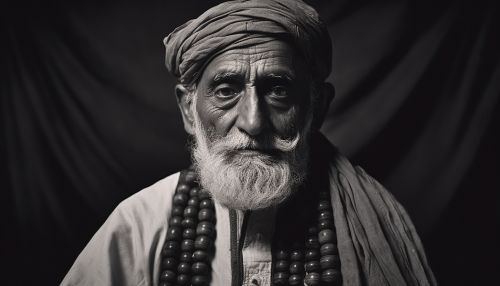Satyendra Nath Bose
Early Life and Education
Satyendra Nath Bose was born on January 1, 1894, in Calcutta, British India. He was the eldest of seven children in his family. His father, Surendranath Bose, worked in the Engineering Department of the East India Railway. Despite his father's modest income, Bose received a well-rounded education, attending the prestigious Hindu School and later the Presidency College, both in Calcutta.
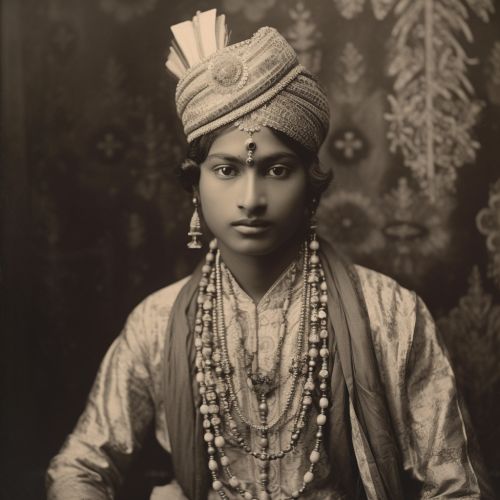

At Presidency College, Bose came under the influence of renowned teachers such as Jagadish Chandra Bose and Prafulla Chandra Ray, who were instrumental in developing his interest in scientific research. He graduated in 1915 with a Bachelor of Science degree in mixed mathematics, standing first in his class and setting a record that remained unbroken for several decades. Bose continued his studies and research at the University of Calcutta, where he obtained his Master's degree in 1917.
Career and Contributions to Physics
Bose started his career in 1917 as a research scholar under the supervision of Prafulla Chandra Ray. He later joined the University of Dhaka in 1921 as a Reader in Physics, where he remained until 1945. During this period, Bose made significant contributions to theoretical physics, particularly in the field of quantum mechanics.
In 1924, Bose wrote a seminal paper on Quantum Statistics, in which he derived Planck's quantum radiation law without referencing classical physics. He sent the paper to Albert Einstein in Germany, who recognized the importance of the work and arranged for its publication in Zeitschrift für Physik. Bose's method of deriving the Planck law marked a significant departure from the existing theoretical framework and led to the development of a new statistical mechanics that later came to be known as Bose-Einstein statistics.
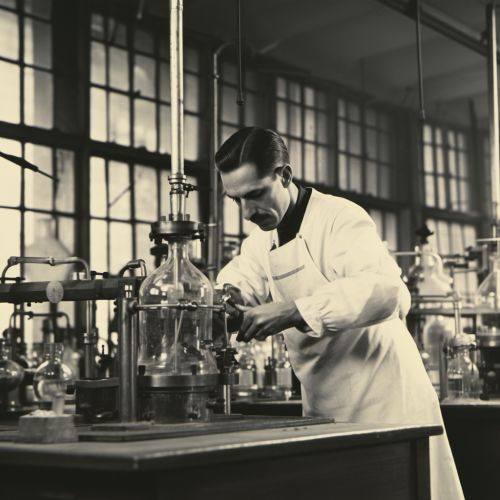
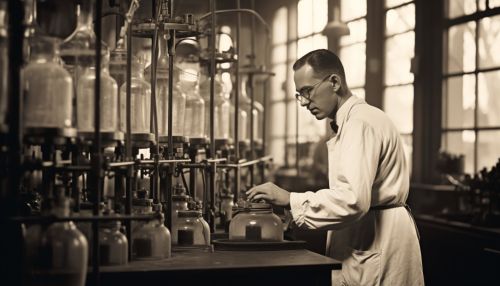
Bose's work also led to the prediction of the existence of a new state of matter, now known as the Bose-Einstein Condensate. This state, which was first achieved experimentally in 1995, is characterized by a large number of particles occupying the same quantum state, leading to unique macroscopic quantum phenomena.
In 1937, Bose was appointed as the Khaira Professor of Physics at the University of Calcutta, a position he held until his retirement in 1956. During this period, Bose continued his research in theoretical physics, focusing on X-ray crystallography and thermodynamics.
Honors and Legacy
Bose's contributions to physics were recognized both nationally and internationally. In 1954, he was awarded the Padma Vibhushan, the second-highest civilian award in India, by the Government of India. In 1959, he was appointed as the National Professor, the highest honor in the field of academia in India.
Internationally, Bose's name has been immortalized in the field of physics through the naming of the class of particles known as bosons, which obey the statistics he developed. The Higgs boson, a particle of central importance in the theory of elementary particles, is a prominent example of a boson.
Bose passed away on February 4, 1974, leaving behind a rich legacy in the field of theoretical physics. His work continues to inspire and influence the study of quantum mechanics and statistical physics.
